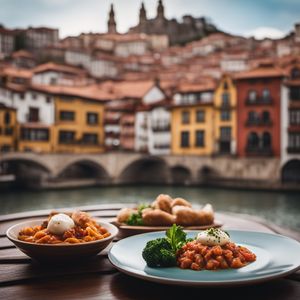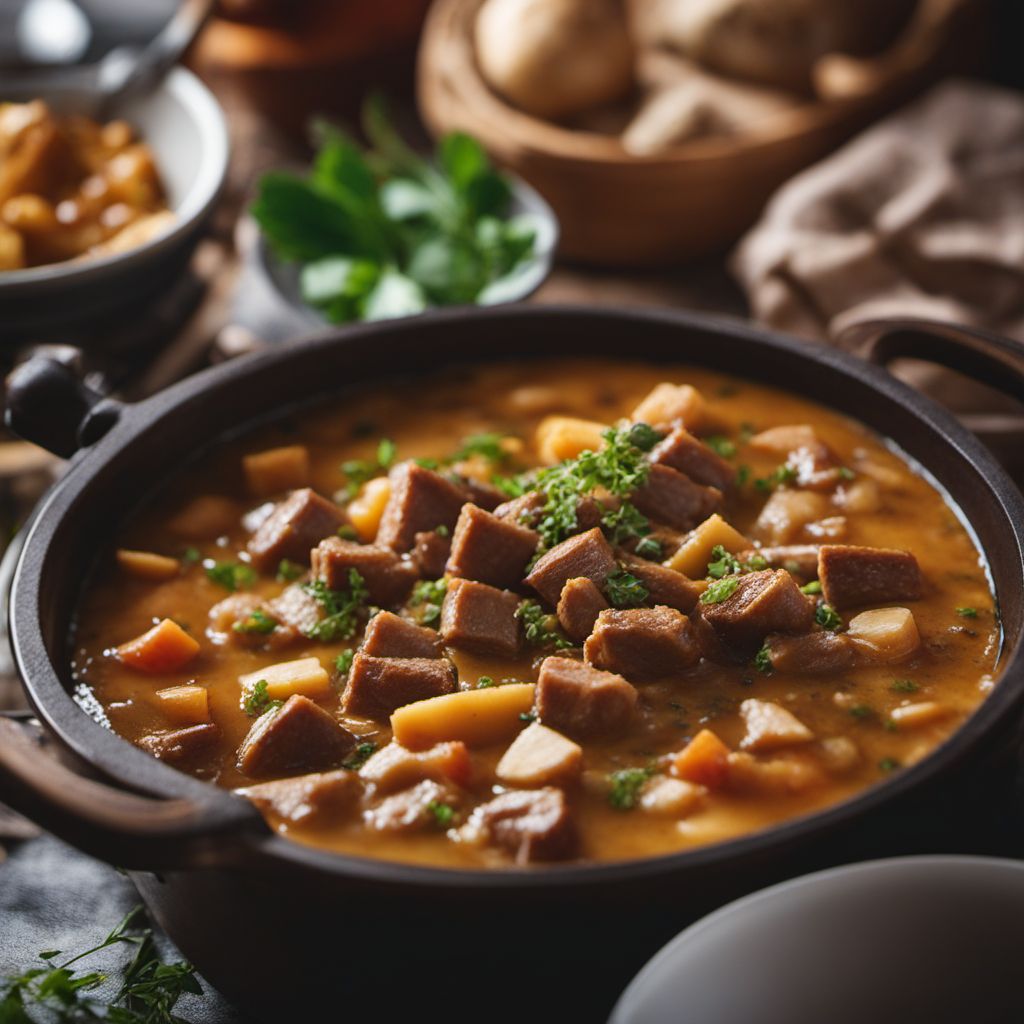
Dish
Potjevleesch
The dish originated in the northern region of France and was traditionally made with leftover meats that were cooked in a vinegar-based broth to preserve them. Today, it is often made with fresh meats and can be seasoned with a variety of herbs and spices. The meats are cooked in the broth until tender and then chilled before serving. The result is a flavorful and hearty dish that is perfect for picnics or outdoor gatherings.
Origins and history
Potjevleesch originated in the northern region of France and has been a traditional dish for centuries. It was originally made with leftover meats that were cooked in a vinegar-based broth to preserve them. Today, it is often made with fresh meats and can be seasoned with a variety of herbs and spices. The name "potjevleesch" comes from the Flemish words "potje" (little pot) and "vleesch" (meat).
Dietary considerations
Potjevleesch is a gluten-free and dairy-free dish that is suitable for those with dietary restrictions. Vegetarians can substitute the meat with tofu or tempeh.
Variations
Variations of Potjevleesch include using different meats or adding additional herbs and spices to the broth. Some recipes also call for adding gelatin to the broth to give it a firmer texture.
Presentation and garnishing
Potjevleesch is traditionally served cold in a small pot or ramekin. Garnish with parsley or chives for added flavor and presentation.
Tips & Tricks
To make the perfect Potjevleesch, be sure to use high-quality meats and season with a variety of herbs and spices. Cook the meats in the vinegar-based broth until tender and then chill before serving. Serve cold and enjoy!
Side-dishes
Bread or crackers are popular side dishes to serve with Potjevleesch. Pickles or mustard are also great accompaniments.
Drink pairings
Beer or wine are popular drink pairings with Potjevleesch. Champagne or sparkling wine are also good options.
Delicious Potjevleesch recipes
More dishes from this category... Browse all »
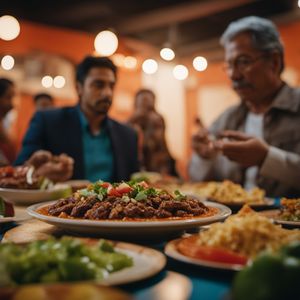
Alambre
Mexican cuisine
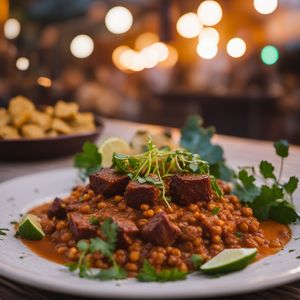
Anticucho
Peruvian cuisine

Apanado de alpaca
Peruvian cuisine

Avar khinkal
Georgian cuisine

Bandeja paisa
Colombian cuisine
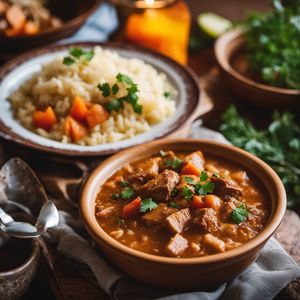
Banska kapama
Bulgarian cuisine

Barbecue Ribs
American cuisine

Bauernschmaus
Austrian cuisine


